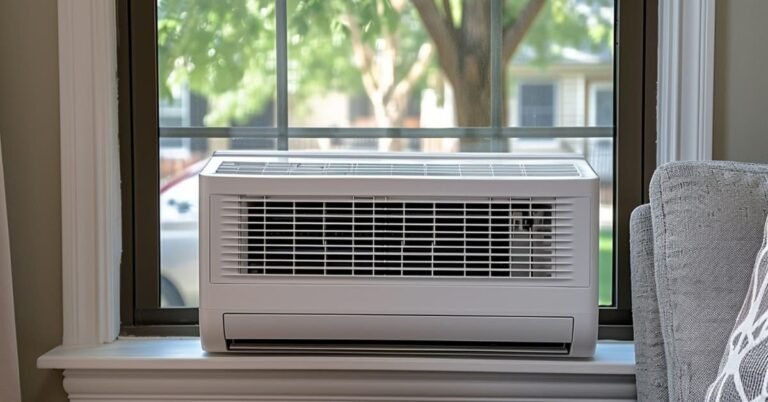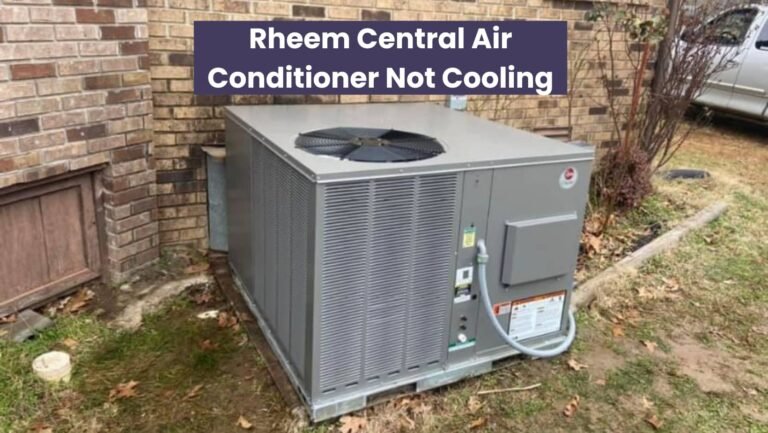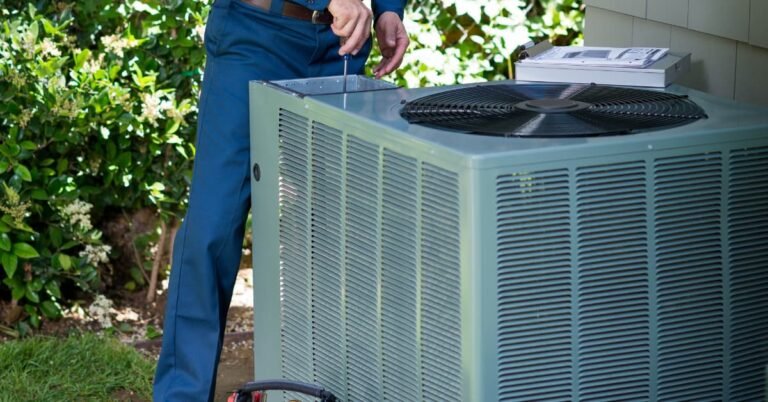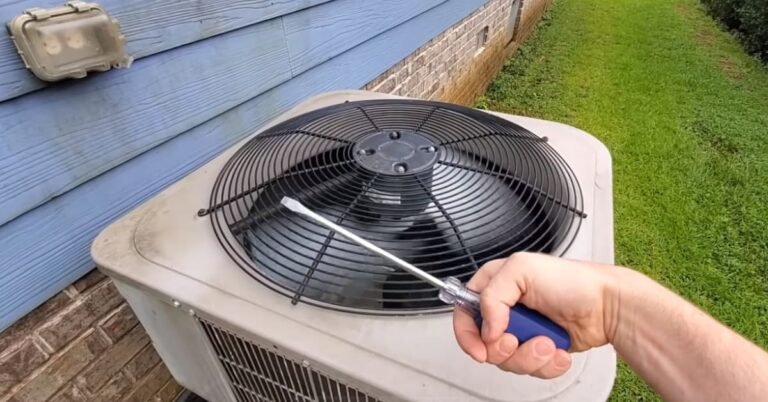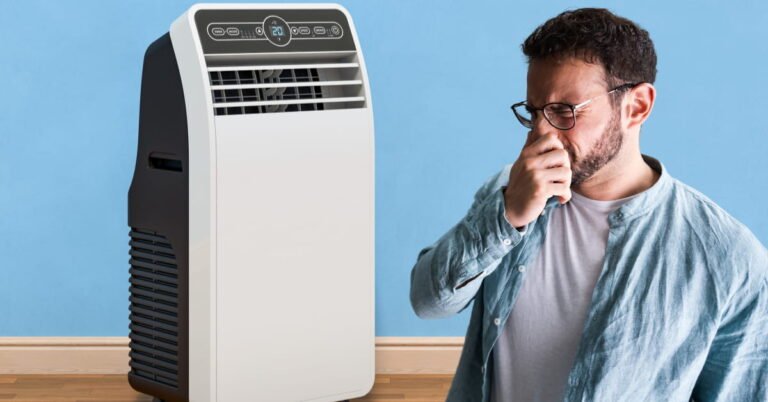Why Is My Portable Air Conditioner Producing So Much Water?
When operating my portable air conditioner, I’ve often wondered why it generates such a significant amount of water. This issue has raised some concerns, as excess water can lead to messy situations. Therefore, it’s crucial to understand the reasons behind this excessive water production.
In this discussion, we will explore the various factors that contribute to the high water output of portable air conditioners. By identifying these causes, we can take effective steps to manage and mitigate the issue.
Why Is My Portable Air Conditioner Producing So Much Water?
It’s common for portable air conditioners to produce excess water due to condensation.
By recognizing factors such as humidity levels, Inefficient Cooling, maintenance, and drainage methods, we can effectively manage this issue.

Humidity Levels
High humidity levels in your surroundings can significantly impact the amount of water produced by your portable air conditioner. When the air is humid, it contains more moisture, and as the AC cools the air, it reaches its dew point more quickly. This results in condensation forming on the AC’s coils and surfaces, leading to more water being produced.
To combat this, you can consider using a dehumidifier alongside your portable AC. This can help reduce the humidity levels in the room, easing the load on your AC and decreasing the amount of water it produces. Additionally, ensuring good ventilation by occasionally opening windows and doors can help exchange humid indoor air with drier outdoor air.
Inefficient Cooling
When your portable air conditioner isn’t cooling effectively, it can lead to increased water production. This happens because the AC may not be removing moisture from the air efficiently, even though it’s consuming energy and running continuously.
To address this issue, it’s important to ensure that your portable AC is sized correctly for the room it’s cooling. An AC that’s too small for the space will have to work harder, running longer and producing more water. Conversely, an AC that’s too large might cool the room too quickly, not allowing enough time for moisture removal.
Improper Sizing
When it comes to your portable air conditioner, one key factor that can lead to excessive water production is improper sizing. Imagine this: You’ve got a portable AC unit that’s not the right fit for the room you’re trying to cool. What happens is that the AC may struggle to effectively cool the space, and this struggle can result in more water being produced.
If your portable AC is undersized for the room, it will have to work continuously to try and bring down the temperature. This prolonged operation means that the AC’s coils have more time to accumulate condensation, which ultimately leads to more water in the collection reservoir. It’s like trying to cool down a large living room with a small fan, it might help a bit, but it won’t be very efficient.
On the other hand, if your portable AC is oversized for the room, it can cool the space too quickly, without adequate time for moisture removal. This can also result in increased water production, as the AC doesn’t have enough time to effectively dehumidify the air.
Coolant Issues
When it comes to the performance of your portable air conditioner, coolant issues can play a significant role in the amount of water it produces.
Low refrigerant levels mean that your AC can’t cool the air efficiently, and it might have to run for longer periods to reach the desired temperature. This extended operation time can lead to more moisture being condensed on the AC’s coils, resulting in excess water production.
To address coolant issues, it’s crucial to have your portable air conditioner inspected and serviced by a qualified technician. They can identify and rectify any refrigerant leaks and ensure that the coolant levels are at the right capacity. This will help your AC operate efficiently, reduce excess water production, and keep your indoor environment cool and comfortable.
Ventilation
In the world of portable air conditioners, ventilation plays a crucial role in determining how much water your unit produces.
When indoor spaces lack proper ventilation, humid air tends to get trapped, creating an environment where moisture levels remain high. Your portable AC is designed to cool and dehumidify the air. But if the room is poorly ventilated, it has to work harder to achieve this goal.
To address this issue, ensure that your room has adequate ventilation. Open windows and doors periodically to allow fresh, dry outdoor air to enter and help reduce indoor humidity levels. This will lighten the load on your portable AC, allowing it to work more efficiently and produce less excess water.
Temperature Settings
When it comes to your portable air conditioner’s performance and the amount of water it produces, the temperature settings you choose can make a significant difference. You’ve set your AC to an extremely low temperature, hoping to quickly cool down your room on a scorching summer day. However, this might lead to more water production.
To avoid excessive water production due to temperature settings, it’s essential to find a comfortable but not overly cold temperature. OPT for a setting around 75-78°F (24-26°C) during the summer months. This allows your AC to cool the air effectively without causing it to become excessively cold, which can lead to more condensation and water output.
Operating Time
The amount of time your portable air conditioner operates can directly impact the volume of water it produces. Imagine this scenario: You’ve been running your AC continuously for hours without giving it a break. This extended operating time can result in more water being generated.
To manage water output related to operating time, consider using your portable AC in cycles. Let it run for a while to cool and dehumidify the room, and then turn it off or set it to a higher temperature when the desired comfort level is reached. This allows the AC to rest and reduce water production during breaks.
Is Water Coming Out Of Air Conditioner Safe?
Water coming out of an air conditioner is generally safe, but it’s important to understand where it comes from and how it’s managed. When you’ve used this product, you may have noticed that water collects in a reservoir or drainage system within the AC unit. This water primarily originates from the process of dehumidification.
As the air conditioner cools the indoor air, it removes moisture in the form of condensation. Think of it like this: Imagine a glass of cold water on a hot day. The glass sweats due to the temperature difference, and droplets of water form on its surface. Similarly, when warm, humid air meets the cool coils of your AC, it releases moisture in the air, which is collected by the AC’s internal components.
The collected water is typically safe for various purposes. You can use it for tasks like watering plants or cleaning. However, it’s crucial to ensure that the collection reservoir or drainage system is clean and free from contaminants. Regular maintenance, such as cleaning or replacing filters, helps maintain the quality of the water.
It’s worth noting that the safety of the water may vary depending on environmental factors and the condition of your AC unit. If your area has poor air quality, the collected water may contain pollutants or impurities. Therefore, it’s advisable to use this water for non-potable purposes.
Conclusion
Understanding why portable air conditioners produce excessive water is crucial for efficient operation. Ensuring proper placement and regular upkeep will lead to a more comfortable and worry-free cooling experience.
By addressing the root causes of high water production, we can maintain a dry and pleasant indoor environment while maximizing the performance of our portable air conditioners.

